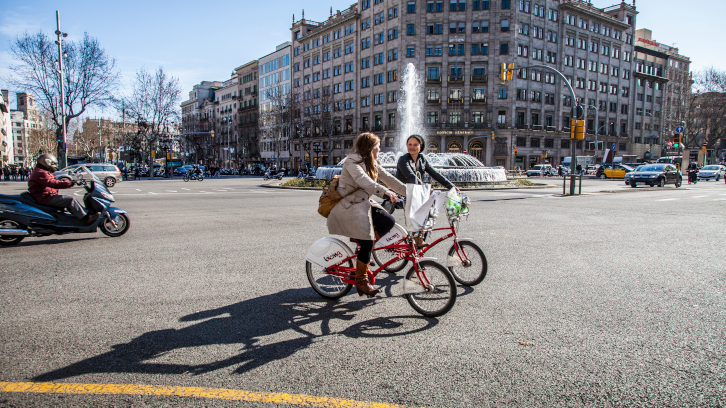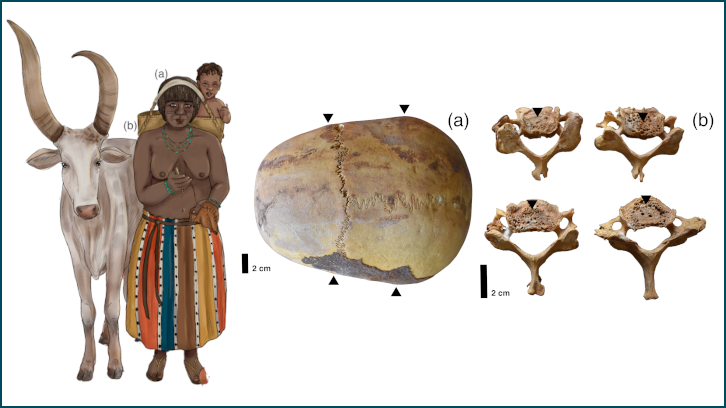How do LGBTIQ+ people feel when they navigate through Barcelona?

A new study of the Department of Geography has analysed how the LGTBIQ+ community experience mobility in Barcelona through around twenty interviews with members of the collective. Walking and cycling can become political acts, as well as mechanisms of individual and collective care that allow them to avoid hostile spaces and claim the right to move freely around the city.
In Barcelona, moving around on foot or by bike is not only a matter of transport, but also an emotional and political experience for many LGBTIQ+ people. The study analyses how people in the community experience mobility when they travel through the streets of the city.
To understand how sexual diversity influences mobility and, consequently, access to the city for the LGBTIQ+ community, we interviewed around twenty non-binary people and women who identify as lesbian, bisexual or pansexual. Through Relief Maps, a visual tool that allows the interviewees to represent how the intersection between gender, sexuality, racialisation and age influences well-being in each daily journey, we were able to delve deeper into these experiences.
The participants describe how sexism, lesbophobia, transphobia and racism impact their journeys. They narrate how they adapt their routes to avoid spaces perceived as hostile, how they manage the visibility of their dissident identities and what strategies they use to feel more comfortable. They also explain how they have learned to reorient themselves in the city and to chart paths that provide them with greater well-being and allow them to express themselves freely, for example, by showing affection in public. Thus, the study not only makes situations of discrimination visible, but also highlights the moments of joy that arise when deviating from conventional routes.
The research also examines the use of bicycles among LGTBIQ+ people. Unlike walking, pedalling at a faster speed can reduce exposure to uncomfortable situations or unwanted interactions. However, the fact that the city has been designed for decades to prioritise the private vehicle forces cyclists to continuously negotiate their space and, in many cases, to adopt a more assertive attitude to ensure their safety.
All in all, many LGBTIQ+ people experience urban mobility as a form of resistance. Walking and cycling can become political acts and mechanisms of individual and collective care that allow them to claim the right to move freely around the city. This study highlights the need to rethink urban planning and mobility by incorporating the diversity of experiences and needs of the people who live in and navigate the city.
Department of Geography
Universitat Autònoma de Barcelona
References
Cubells, J.; Aldred, R.; Verlinghieri, E. & Marquet, O. (2025). Walking and biking as queer: deviations, care and resistance negotiating Barcelona’s streets. Gender, Place & Culture, 1–24. https://doi.org/10.1080/0966369X.2025.2469115


